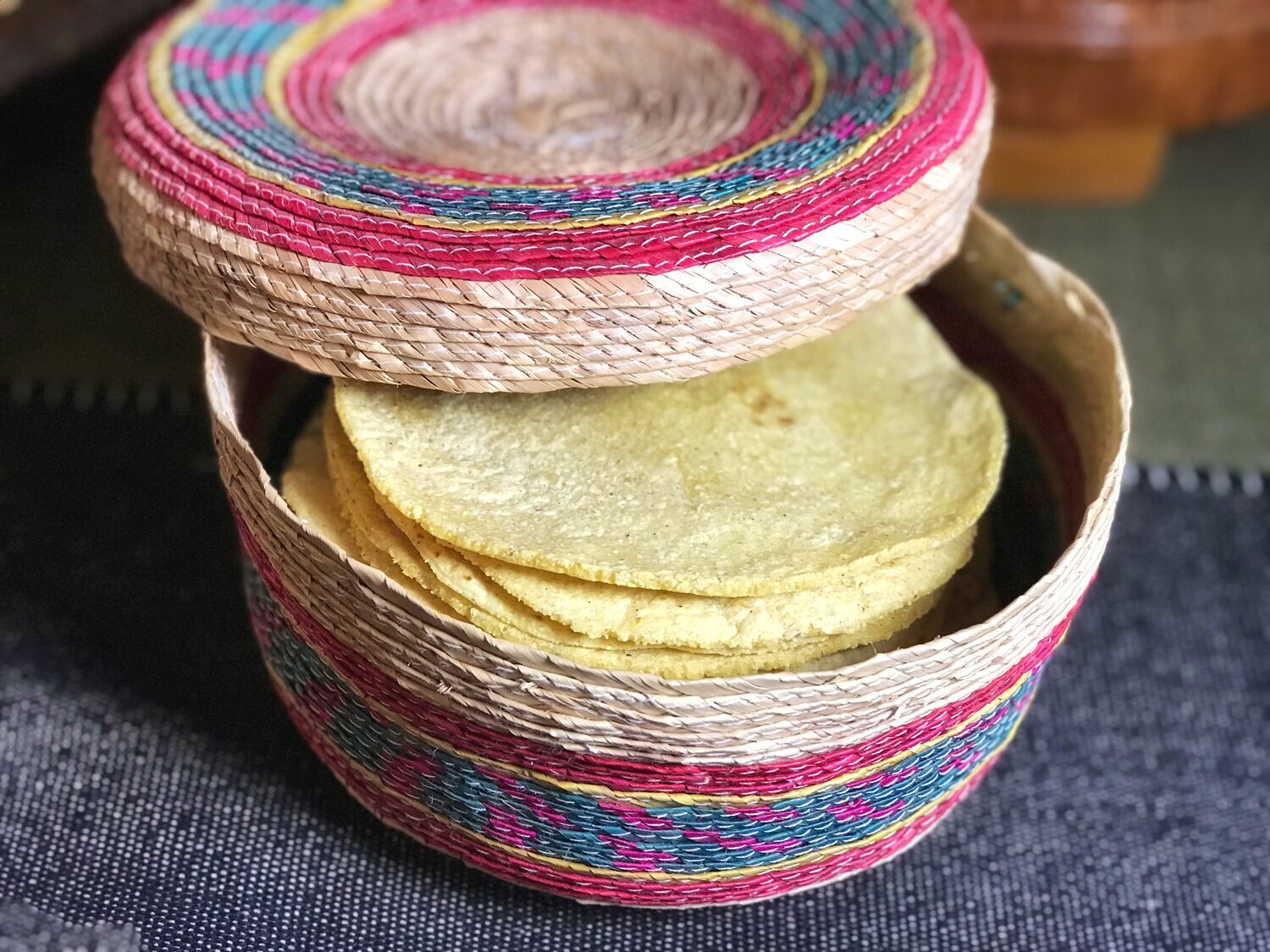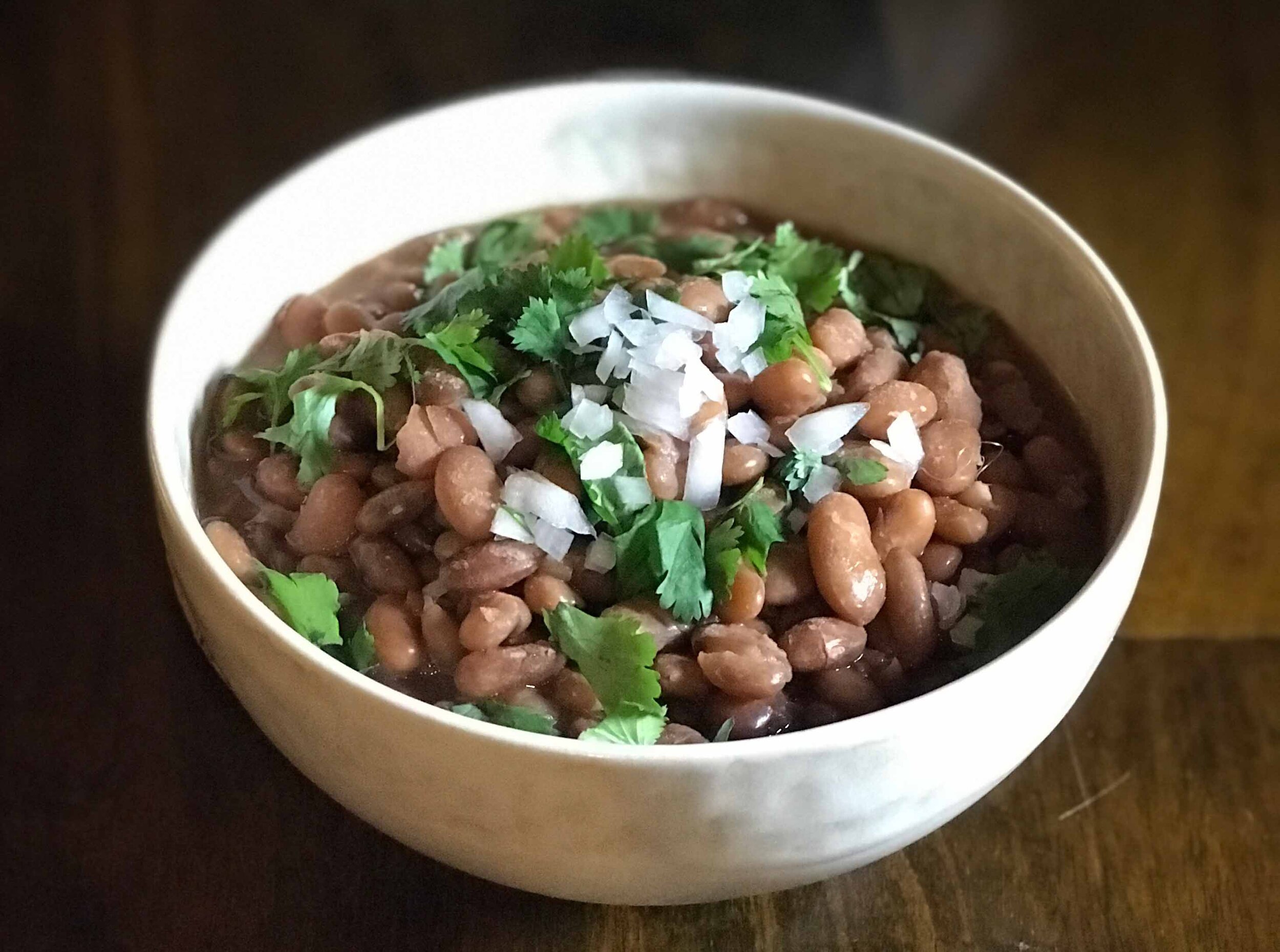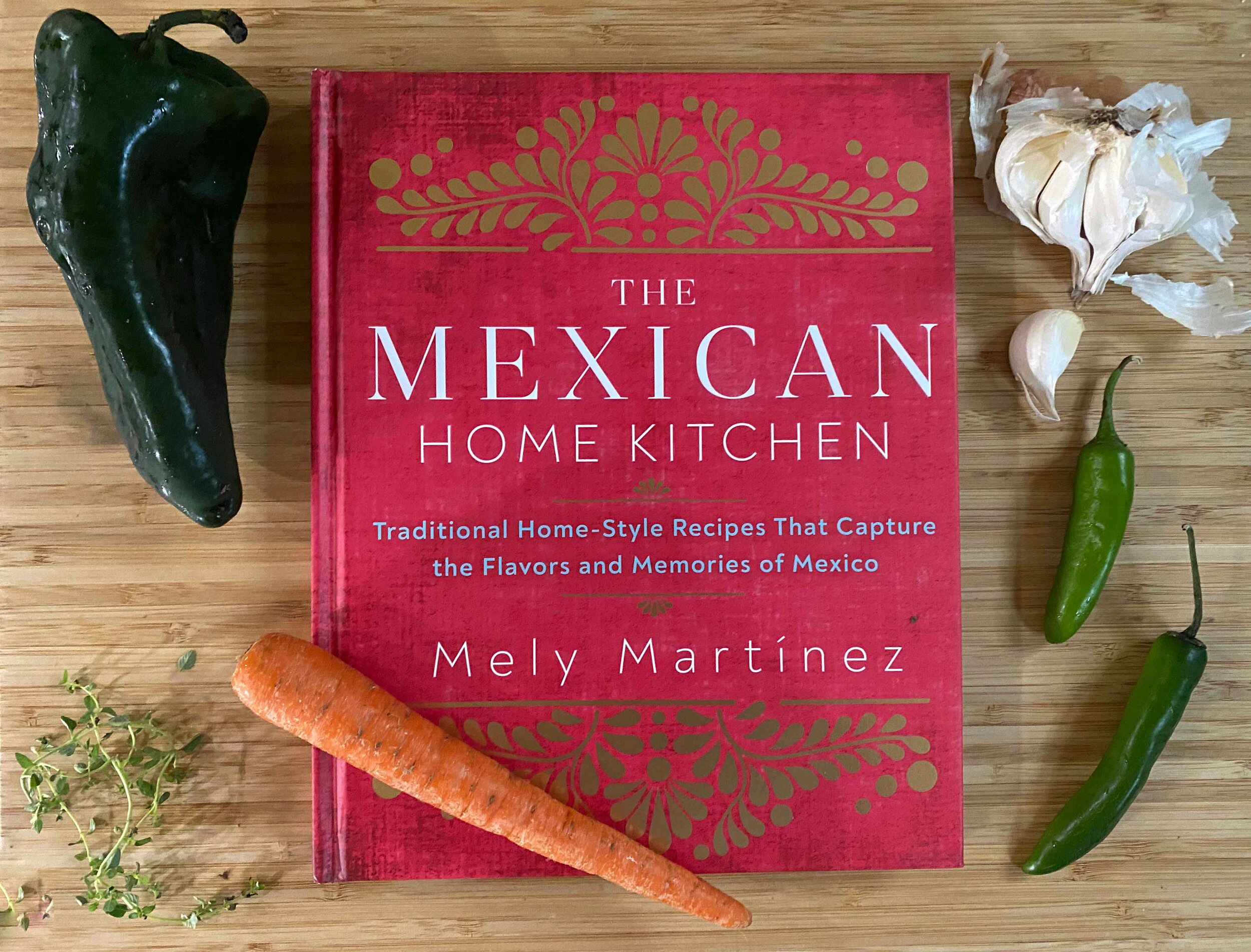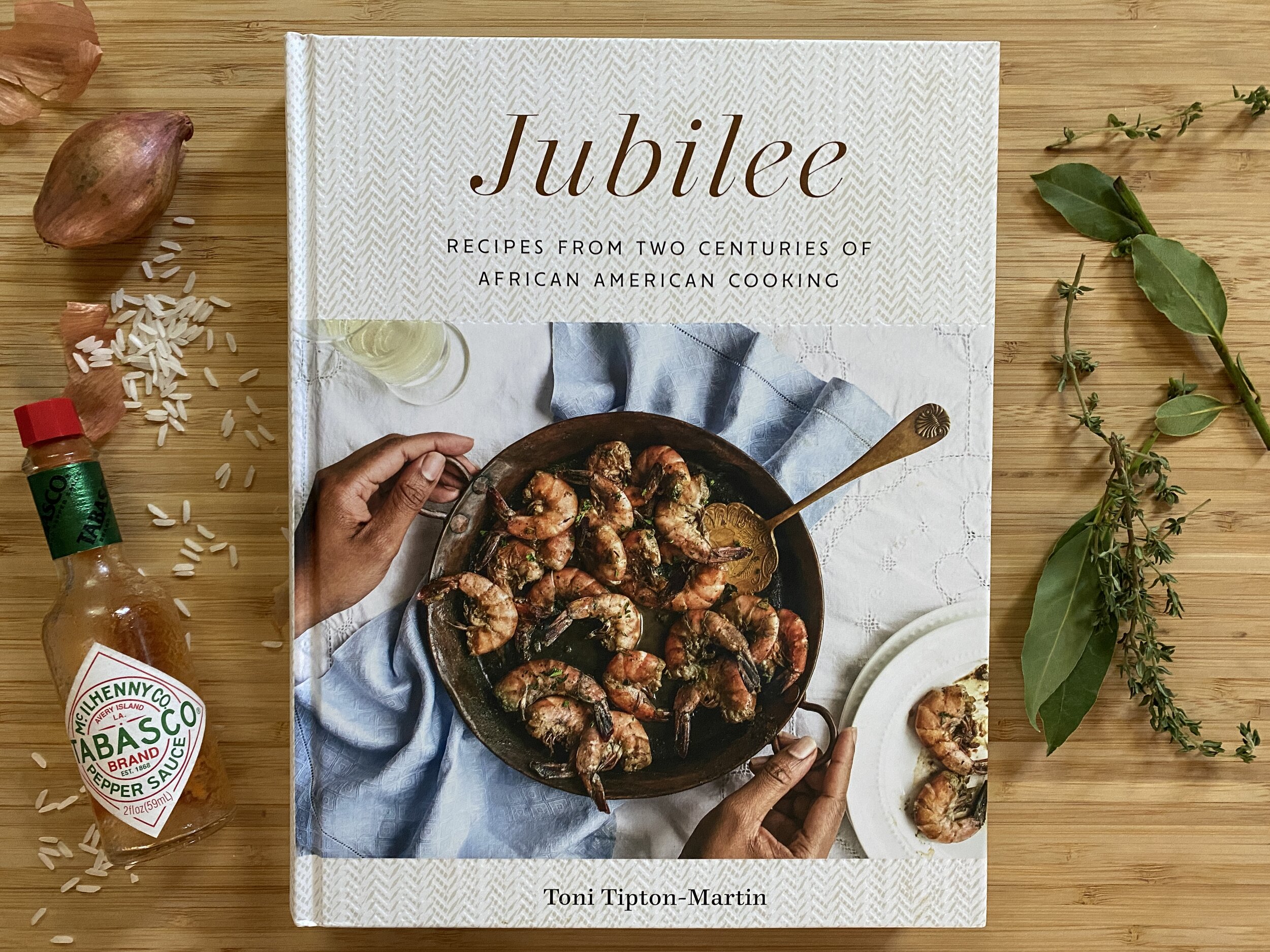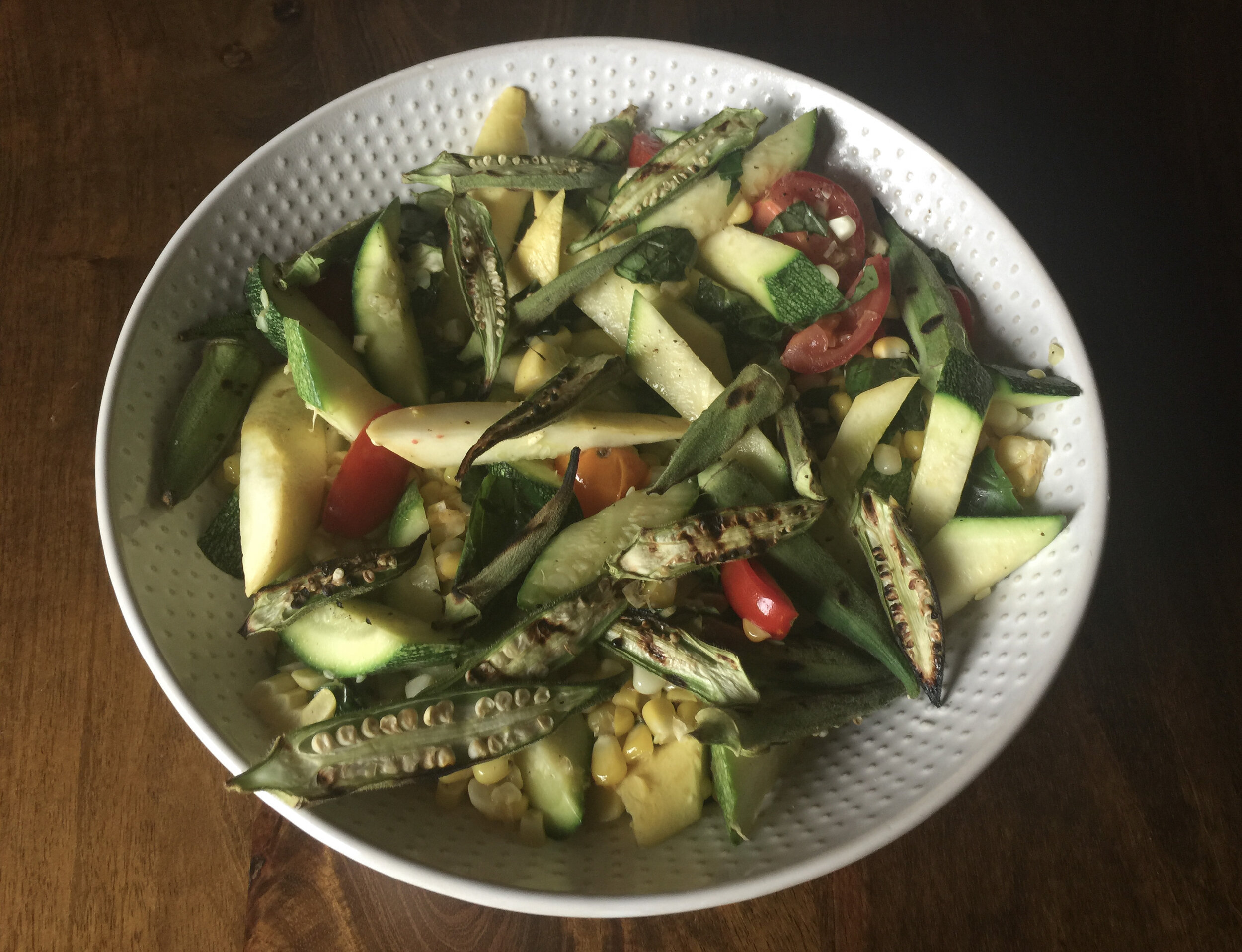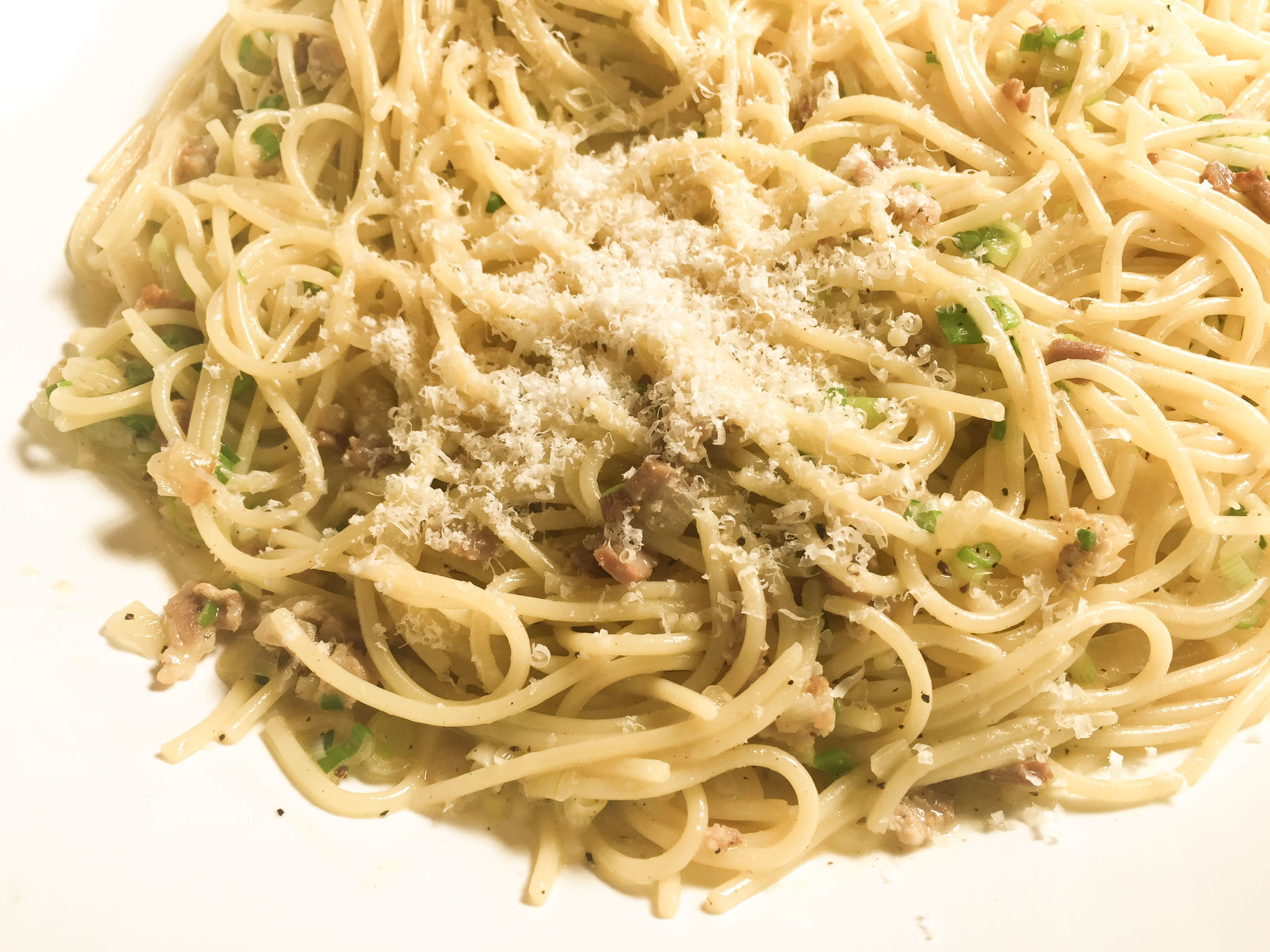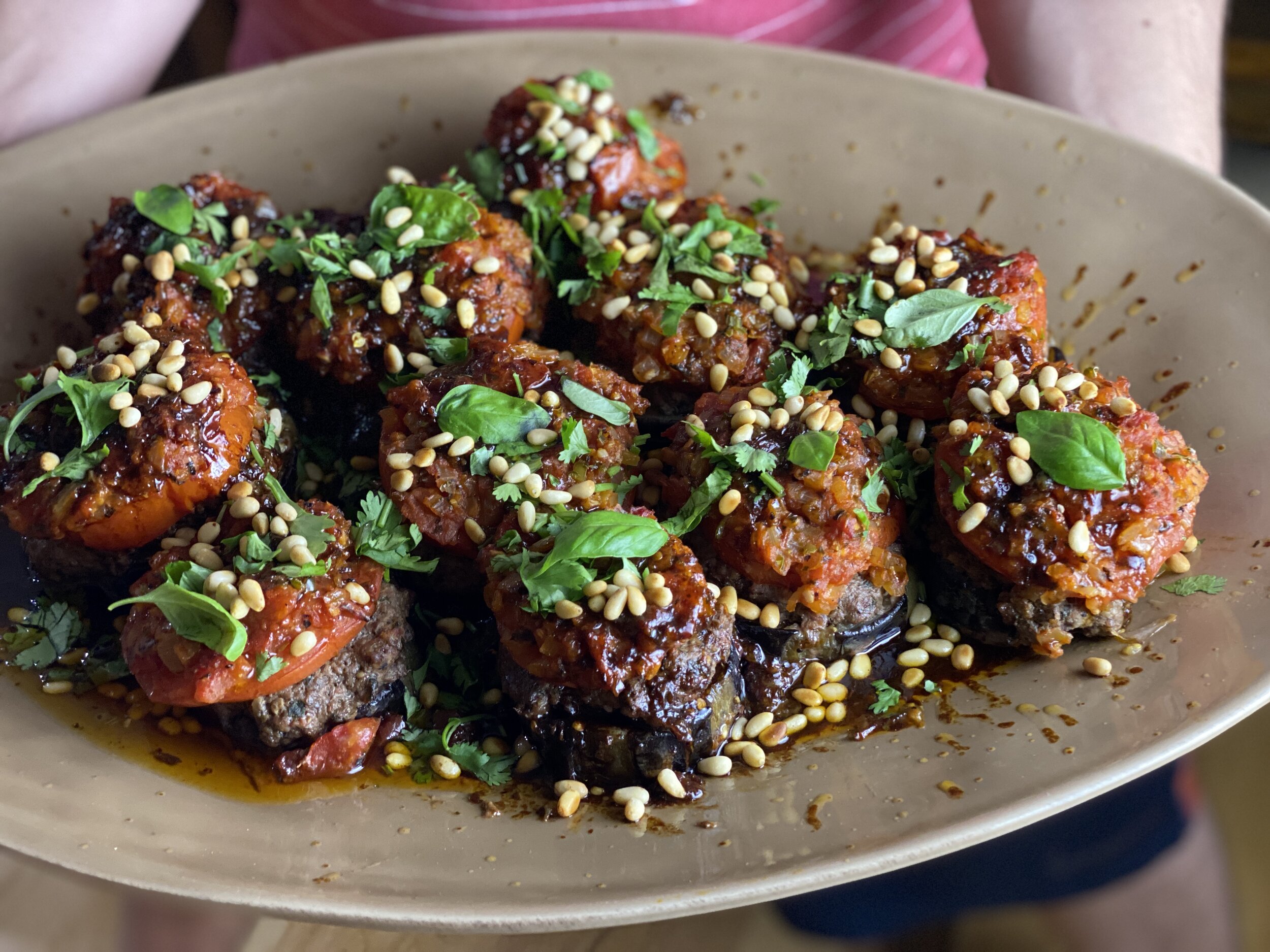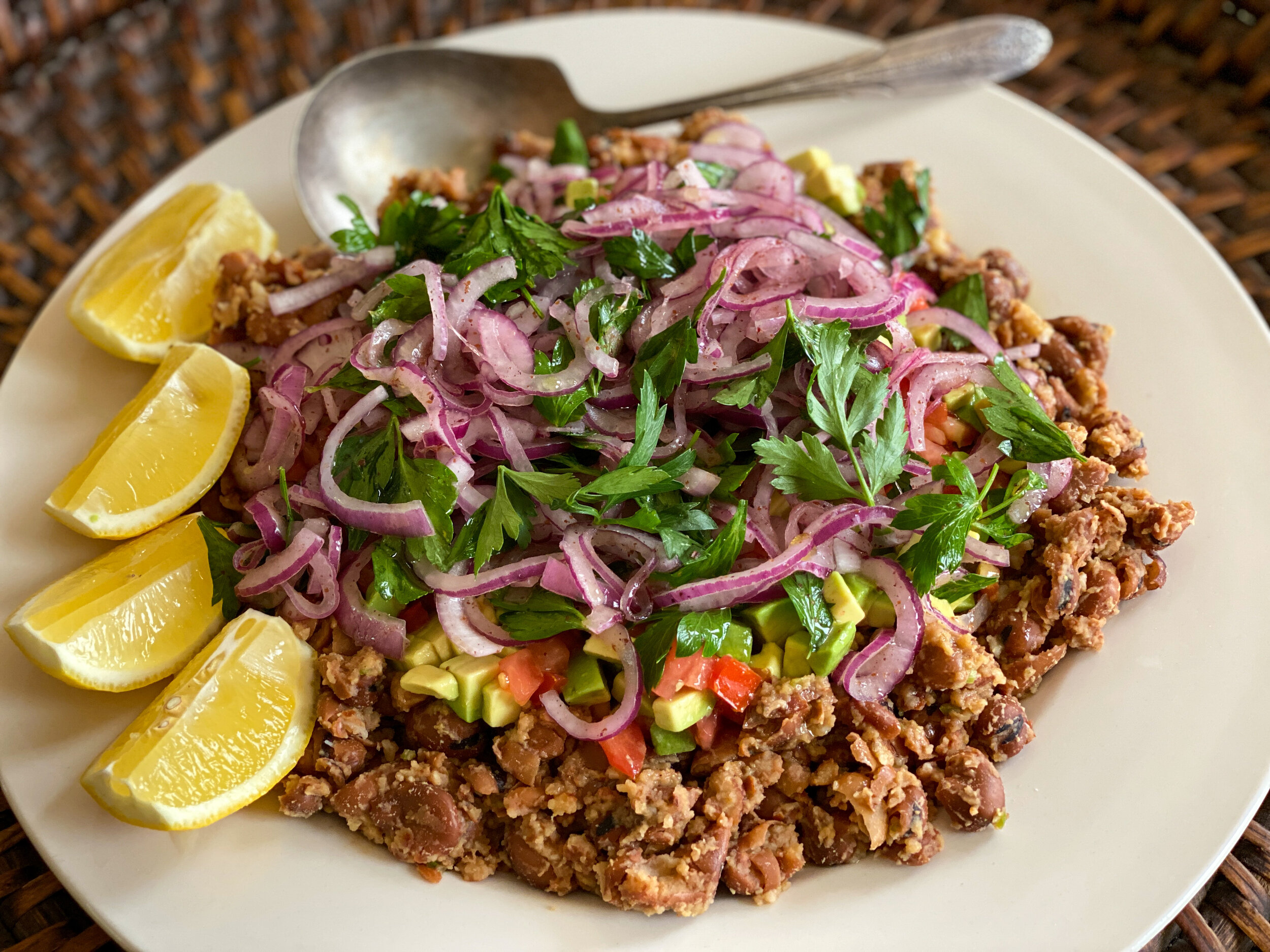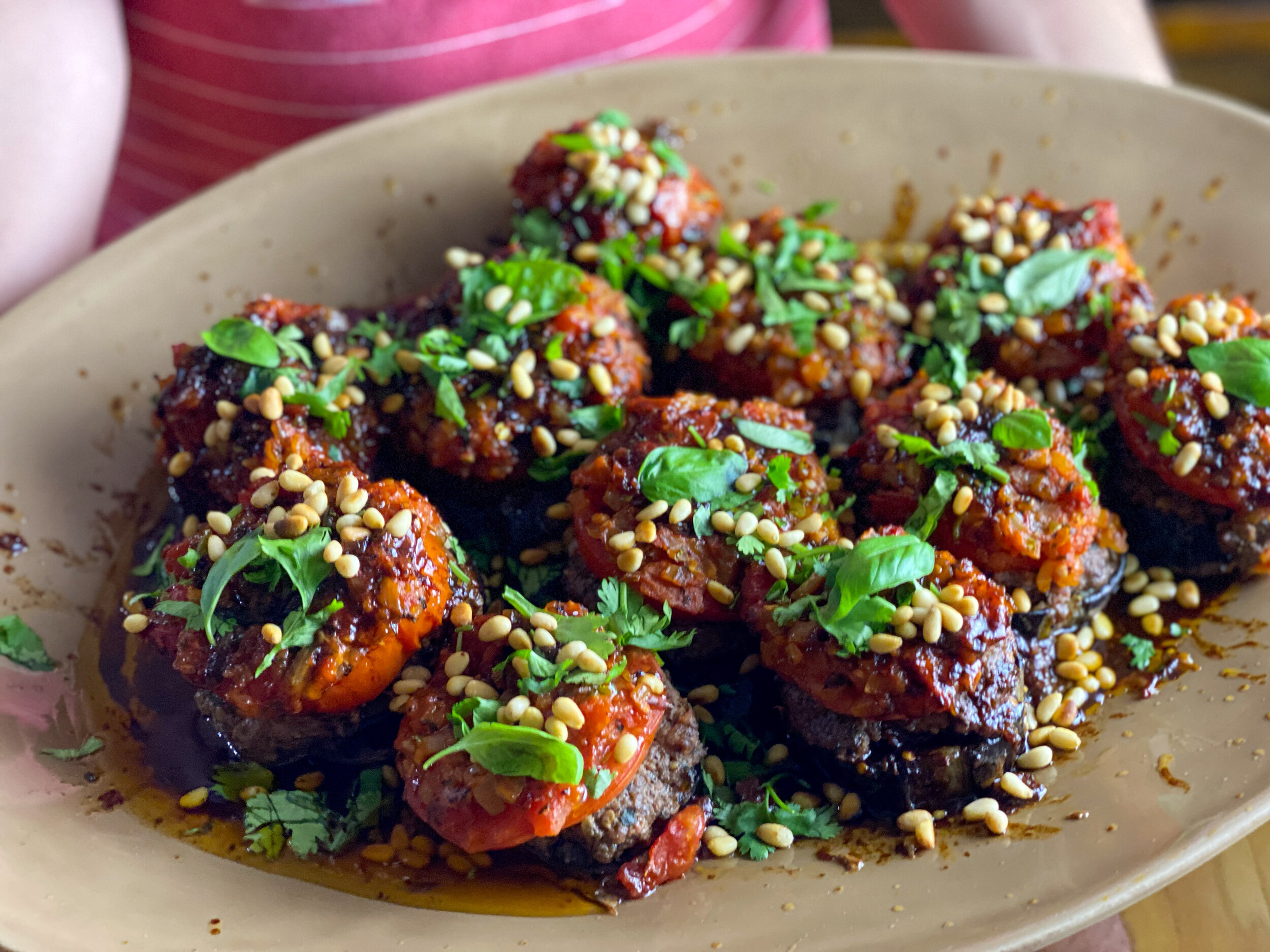In 2014, Medrano, a San Antonio native who was the founder of the San Antonio CineFestival (the first and longest-running Latinx film festival in the U.S.) and now lives in Houston, dove into those roots in a book called Truly Texas Mexican: A Native Culinary Heritage in Recipes (Texas Tech University Press).
“‘Texas Mexican’ is the cuisine that has evolved over centuries in the region immediately north and south of the lower Rio Grande,” he wrote in the introduction. “It is deeply rooted in the indigenous cultures of what are now northeastern Mexico and central and south Texas, the region where my extended family and all my Mexican American friends live.”
What it is not is Tex-Mex.
Although I’ve long been aware that much of what passes as Mexican cooking in the United States bears little relation to what you eat if you travel in Mexico, I suppose I’d always assumed that Tex-Mex was also the result of some kind of evolution — that early on it must have looked and tasted more like what Mexican-Americans might cook at home, what Medrano refers to as “comida casera.”
In fact, as Medrano wrote, the first Tex-Mex restaurant — named, in a remarkable display of hubris, The Original Mexican Restaurant — was created by an Anglo for Anglos. Specifically, the owner was Otis M. Farnsworth, an entrepreneur visiting San Antonio from Chicago. Furthermore, to make way for the rise of Anglo-driven Tex-Mex, the businesses of a “celebrated group of Mexican, Texas Indian businesswomen” were systematically destroyed, as Medrano tells it, and the women were harassed. Though today we know the name of the man who opened that first Tex-Mex dining room, the names of the women who fed the community before him, cooking out of open-air diners in the downtown market square, have been forgotten. We only know them as “The Chili Queens.” How easy to dismiss and even ridicule.
As Rachel Wharton pointed out in an excellent New York Times profile of Medrano last year: “Today Farnsworth’s restaurant might be called out for cultural appropriation, or what Mr. Medrano calls ‘cultural poaching.’ And Mr. Medrano does get angry at the lack of respect for his culture, the many ways in which Mexican-Americans have been wronged throughout history.”
At the time Wharton interviewed Medrano, in advance of the in advance of the publication of his second book, Don’t Count the Tortillas: The Art of Texas Mexican Cooking, Medrano expressed the view that Tex-Mex is a cuisine that should be respected and celebrated. “It’s just that Tex-Mex standards like queso and combo fajitas piled high with chicken and shrimp don’t speak of home to those whose Texas roots go back some 12,000 years,” she paraphrased him as saying.
So much has happened in the last year that I couldn’t help but wonder whether Medrano still holds that same hospitable view of Tex-Mex.
Though he’s busy in post-production of a 90-minute documentary, “Truly Texas Mexican,” that follows up on his first book, he was happy to illuminate his views on the phone with a Q + A. (scroll halfway down the story linked to find it). The documentary’s log line: “Texas chefs, artists and activists dig up the 15,000-year-old indigenous roots of today’s Texas Mexican food. A delicious combination plate of archaeology, politics and feminism, it definitely ain’t tex-mex!” He’s hoping to have it finished by the end of this month.
In any case it should, I think, be of concern to the proponents of Tex-Mex that the genre was born of a cultural sin.
How to atone? We can start by paying attention to comida casera. Often it’s what indigenous Mexican people are, as the name describes, cooking at home. But sometimes it’s also on the menu at your local mom and pop’s, if you skip down past the queso and combo plates and explore the guisados and the caldos.
And find a way to see Medrano’s documentary when it’s released. (It’ll definitely be announced in the Brenner Report.)
Last night I cooked a delicious dish, Camarón con Fideos de Calabacita — Shrimp and Squash Noodles, from Medrano’s newest book.










